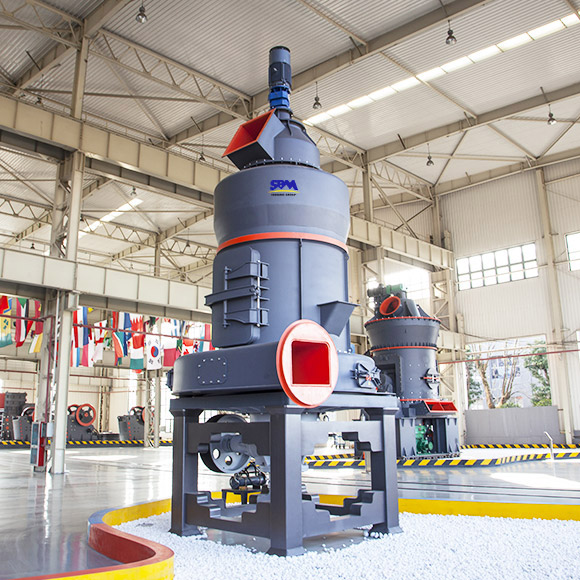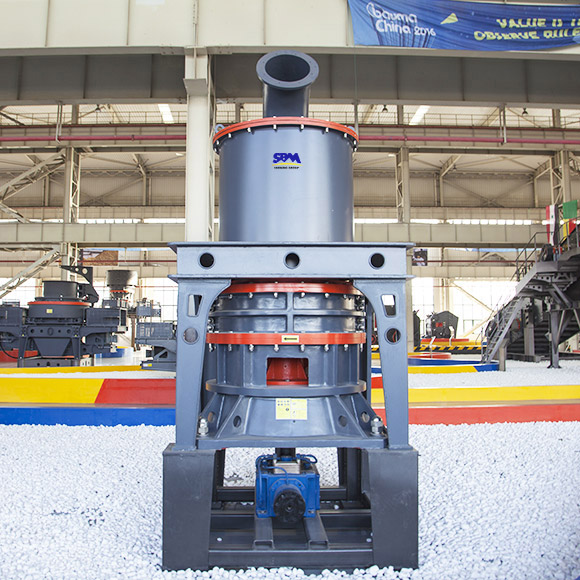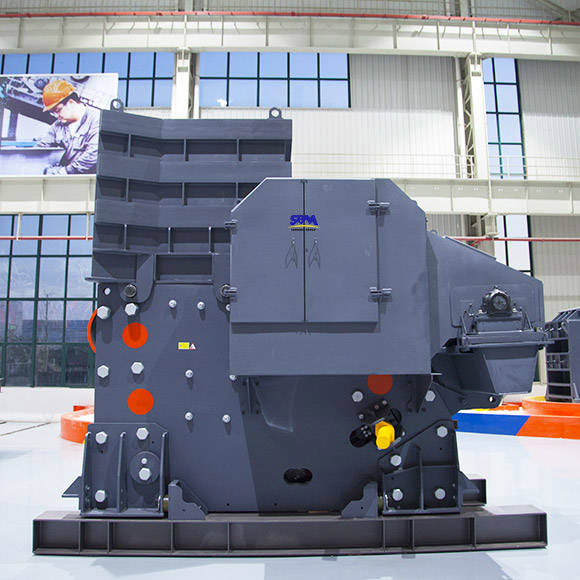
What are the advantages of talc, and how is it used in various industries
Talc is known for its advantageous properties, including insulation, acid resistance, a high melting point, glossiness, strong adsorption, and anti-sticking properties. The talc powder produced by the talcum powder making machine is odorless, tasteless, non-toxic, and environmentally friendly. Talc has significant value in industries such as chemicals, ceramics, cosmetics, medicine, paper making, and electric porcelain.

What is the purpose of a talcum powder making machine, and what are its key features
A talcum powder making machine, also known as an HGM ultrafine grinding mill, is designed to produce talcum powder and other non-metallic ore powders with a fineness ranging from 150 to 3000 mesh. It can also process hard calcium-containing materials such as shells and coconut shells. The key features of this machine include stable operation, simple operation, convenient maintenance, high efficiency, and environmental friendliness. One notable advantage is that it allows for 24-hour continuous operation without downtime.

What are the different types of talcum powder processing, and how are they categorized by fineness
Talcum powder processing can be categorized into four types based on fineness:
1. Coarse talc powder processing (0-3mm)
2. Fine powder processing (20 mesh-400 mesh)
3. Ultra-fine powder deep processing (400 mesh-1250 mesh)
4. Micro-powder processing (1250 mesh-3250 mesh)
Each type caters to specific applications and industries, depending on the required fineness of the talcum powder.

What are the notable features of a talcum powder mill production line
Some key features of a talcum powder mill production line include:
1. Effective Dust Removal: The production line is equipped with special dust removal equipment, achieving a dust removal rate of over 99.99% and enabling dust-free workshop operations.
2. Stability and Low Vibration: The production line operates stably with minimal vibration, reducing operating noise and lowering maintenance costs.
3. Automatic Control System: An automatic control system is installed, allowing remote control of the production line, making operation and maintenance more convenient.
4. Compact Design: The equipment is designed to be compact, reducing the production line's footprint by about 30% and cutting investment costs.
5. High Powder Extraction Rate and Output: The production line delivers high powder extraction rates and large outputs, producing talcum powder with uniform particle size, high purity, and stable quality, achieving a sieving rate of over 99.99%.

Can you describe the typical process flow of a talcum powder production line
The talcum powder production line involves a series of steps, including:
1. Crushing: The bulk talc material is crushed to a suitable fineness (10mm-50mm) using a crusher.
2. Milling: The crushed talc is sent to a silo via an elevator and then transferred evenly to the grinding chamber of the mill through a vibrating feeder. The specific type of mill used depends on the desired powder fineness.
3. Classification: The ground material is classified by a classifier, and any unqualified powder is returned to the mill for re-grinding.
4. Collection: The fine powder meeting the required fineness is separated and collected by airflow and directed into a dust collector. The collected finished product powder is sent to a silo for storage and packaging.
This process ensures the production of high-quality talcum powder with the desired fineness.

What are the primary materials that can be processed using a talcum powder making machine
A talcum powder making machine can process various materials, including non-metallic ores, shells, bamboo, coconut shells, and more. It is versatile in its capabilities, making it suitable for a range of applications.


















